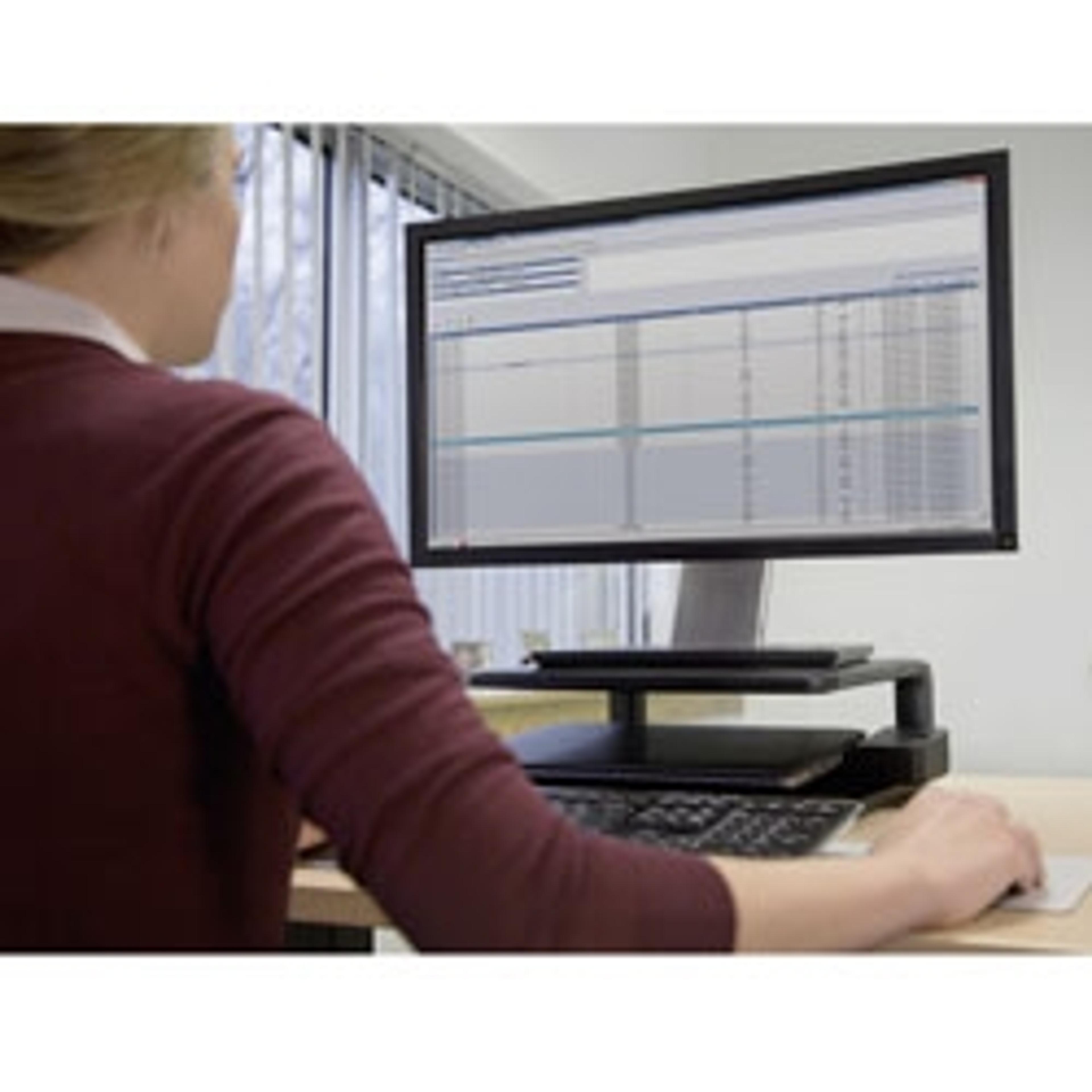Ask the Expert: How to Achieve Connectivity and Clinical Excellence with Point-of-Care Instruments
Discover how to achieve clinical and operational excellence from point-of-care (POC) specialist Felicity Dempsey
9 Sept 2018

Felicity Dempsey, founder and head of POCT Consultancy Services, embarked on a quest to find a solution to POC device connectivity during her time at St. James’s Hospital, Dublin. She shared her experience with SelectScience® in a compelling webinar and live Q&A event. You can still catch the full presentation on demand here.
Addressing today's challenges in POCT
With dozens of departments, hundreds of instruments and thousands of operators that possess different skill sets, POC diagnostics can be unpredictable and challenging. There is a need therefore for hospital-wide connectivity between POC protocols and instruments that provides standardized monitoring, training, risk management and quality control. Ultimately, this will facilitate a more streamlined diagnostic process that leads to remote and reliable access to patient results, by the right clinician at the right time.
Dempsey discussed the common challenges faced, reasons for change and methods for successfully implementing POC connectivity across urinalysis and diabetes testing with the CLINITEK Status® and DCA Vantage® analyzers At St. James’s Hospital, the decision was made to use the POCceleratorTM data management middleware system by Siemens Healthineers, in communication with RAPIDComm®, for bi-directional hospital-wide control. Dempsey shares how to deliver effective training, maintain QC standards, achieve QMS-ISO compliance and deliver full audit trails with POCcelerator — all in a challenging clinical environment. This challenging but worthwhile experience was rewarded with reduced running costs and time spent on maintenance and troubleshooting, as well as an overall improvement in patient care.
During the live event, Dempsey took questions from the audience.
Webinar Highlights
Operators, trainers, and getting started:
Q: How long was the entire process from the time you started weekly meetings until the system was up and running on real patients. Then how long from this point until you reach an acceptable level of operators being trained?
A: So, we started the process in September and the following April, we were fully connected and ready to go. We had a very intensive training course in the beginning, training every day of the week at one stage, but we wanted to get everybody up and running as quickly as possible, so all our operators were trained by Christmas.
Q: What criteria was used in the selection process of your trainers?
A: First of all, we look for people who are interested. As a general rule we always trained the nurse manager on the ward. We made sure they were fully trained and provided them with CPD points as well as the extra title ‘link nurse’.
Q: What requirements do you have to have for a new instrument to connect?
A: It just needs the right IT specifications. So, if you contact Siemens for example, they will send your IT person in your own laboratory the specifications needed for it to connect.
Achieving ISO accreditation:
Q: What would you say was the biggest challenge in implementing the ISO accreditation?
A: I think my biggest challenge was probably the operators. As I said before, many mindsets, many different types of interests, and not only were we introducing new devices, but also telling them they must comply with the standard when they’re very busy with sick patients. If an operator had entered in an incorrect MRN, medical record number, three times in row, they were deactivated. They had to undergo the re-training process again and be re-examined before they were allowed back on as an operator.
Q: Did achieving 15189-2012 accreditation help improve patient care?
A: Yes, I think it did. I know there's a lot of controversy about accreditation but if you're coming from a paper system to a connected system, there's no doubt that accreditation improves patient care. You have the audit trail there at your fingertips, plus you know that you manage your risk and have evidence to prove so.
By achieving accreditation, you're also showing that you’re a quality management system. You can demonstrate your documentation, audits, and SOPs to anybody who walks through the door of the hospital.
As a result of having a connected system we were also able to improve turnaround time for the patients in our clinics and in our Emergency Department.
Q: Are you looking to be accredited to ISO 22870-2016 as well as 15189-2012?
A: Yes, we were accredited to 15189-2013 as well and I know that there's a new 22870 out, but I’m not sure if it's in use yet in the hospital.
Q: Do you see the success of your accreditation eventually reducing or even replacing laboratory testing?
A: I can't ever see them being replaced; I do think when there's any doubt about a point of care test you always refer to your core laboratory, so I couldn't ever see point of care taking over. I think it should be complementary to the laboratory.
Quality control and managing performance:
Q: How have you implemented urinalysis QC performance? What frequency, and how are the results reviewed?
A: The frequency was once a week, and then every month we would look at the results again where the consultant would sign off on his acceptance of QC results. We would be able to then go to a department and help them out with re-training if that was necessary. I found that outpatients had a problem with time, so we would adjust the process to whatever suited them best. We found the compliance of QC much better in doing this.
Q: How did you design your Key Performance Indicators and quality indicators? How involved was your laboratory quality manager and lab clinicians?
A: The KPIs were discussed with my Laboratory Manager and with our Quality Manager at the very beginning. We discussed where we thought our risk lay and manufactured the KPIs around what risk we thought was occurring and how we might best address this.
Extra testing:
Q: I'm interested in instrument-read Human Chorionic Gonadotrophin (hCG) tests. Is the one you ran available on the CLINITEK with standard urinalysis? What do doctors say about its accuracy and are people happy with it?
A: Yes, the CLINITEK Status Analyzer performs reading of the Multistix® family of urinalysis tests. We did a very rigorous validation on the CLINITEK and we compared them with our lab core analyzer at the time. All our instruments are compared to the lab on a regular basis, and any result which is not consistent with patients' details or clinicians' details, we advise that a blood sample is sent to the laboratory. Sometimes, the quality of the sample can interfere so a very cloudy sample for example, may not get a correct hCG result. And this is where you need to follow up with a laboratory test.
Register now for the on-demand version here

